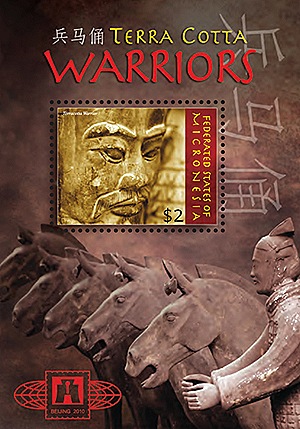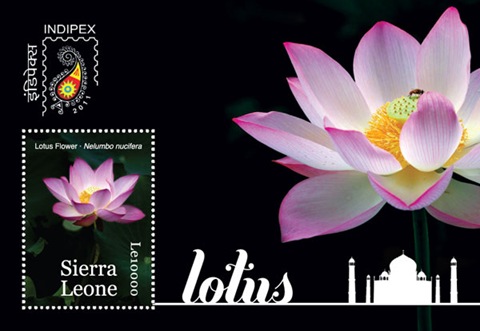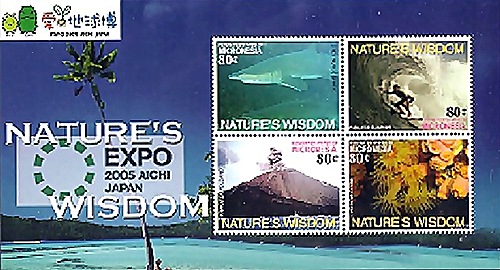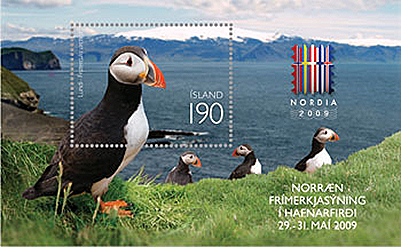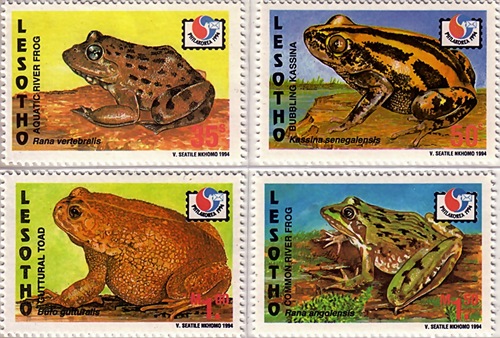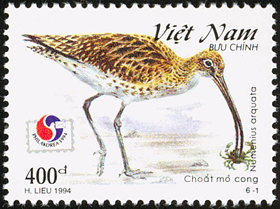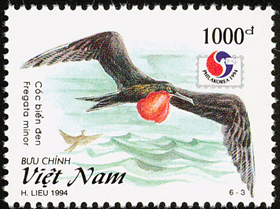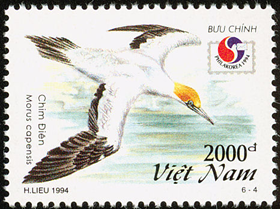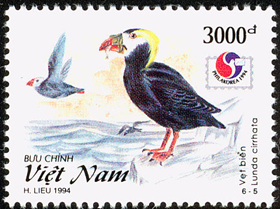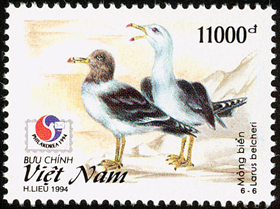Micronesia Post has issued the stamp series feature the Terra Cotta Warriors and Three Gorges Dam for commemorating their participation at Beijing Expo 2010.
The "Terra Cotta Warriors and Horses", is a collection of terracotta sculptures depicting the armies of Qin Shi Huang, the First Emperor of China.
The figures, dating from 210 BC, were discovered in 1974 by some local farmers in Lintong District, Xi'an, Shaanxi province, near the Mausoleum of the First Qin Emperor.
The figures vary in height 1.83–1.95 metres , according to their roles, with the tallest being the generals. The figures include warriors, chariots, horses, officials, acrobats, strongmen and musicians. Current estimates are that in the three pits containing the Terracotta Army there were over 8,000 soldiers, 130 chariots with 520 horses and 150 cavalry horses, the majority of which are still buried in the pits.
The Three Gorges Dam is a hydroelectric dam that spans the Yangtze River by the town of Sandouping, located in the Yiling District of Yichang, in Hubei province, China.The Three Gorges Dam is the world’s largest capacity hydroelectric power station with a total generating capacity of 18,200 MW.
The dam is made of concrete and is 2,335 m long, and 185 metres high. The project used 200,000 cubic metres of concrete (mainly for the dam wall), 463,000 tonnes of steel (enough to build 63 Eiffel Towers) and moved about 102,600,000 cubic metres of earth.
When the water level is at its maximum of 175 metres over sea level (110 metres above the river level downstream), the dam reservoir is about 660 kilometres (410 mi) in length and 1.12 kilometres (0.70 mi) in width on average, and contains 39.3 km3 of water. The total surface area of the reservoir is 1,045 km². The reservoir flooded a total area of 632 km² of land.
